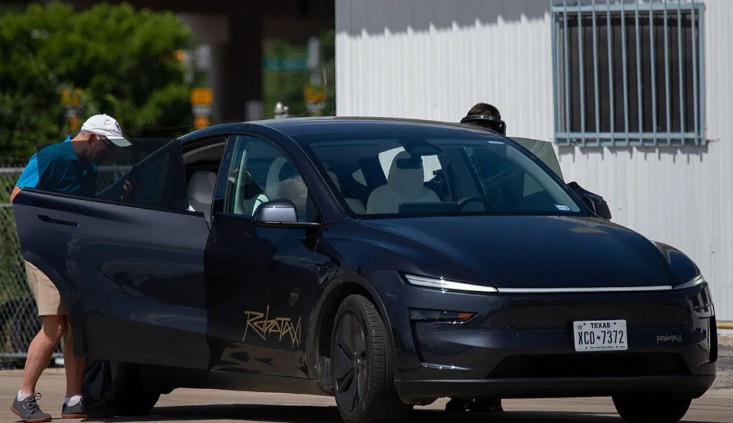The NHTSA says it’s aware of videos posted online purportedly showing self-driving Tesla vehicles going awry.
Since they formally launched in Austin on June 22, Tesla’s self-driving robotaxis are drawing lots of attention from locals.
They’re also drawing interest from the National Highway Traffic Safety Administration after online videos were posted purporting to show the company’s autonomous vehicles driving in the wrong lane and speeding around town, according to reports.
After weeks of testing in Austin with a person in the vehicle, the robotaxi service went live and, according to first-person accounts and videos, has had some glitches. According to some who have ridden in them, the Tesla Model Y vehicles have driven above speed limits and stopped in the middle of intersections.
Others have reported smoother experiences using the service, which charges passengers a flat $4.20 fee. Waymo also operates its self-driving service in Austin, and Zoox is currently driving its test fleet there.
The NHTSA said in a statement to CNET that it doesn’t pre-approve new technologies or vehicle systems, but will investigate incidents involving potential safety defects.
After an assessment, “NHTSA will take any necessary actions to protect road safety,” the organization said.
In the case of Tesla’s taxis, the agency said, “NHTSA is aware of the referenced incidents and is in contact with the manufacturer to gather additional information.”
The agency already has an investigation underway related to Tesla’s full-self driving systems.
A representative for Tesla did not immediately respond to a request for comment.
Building trust in robotaxis
If videos of erratic driving continue to spread, Tesla could have an issue with potential customers becoming leery of the service. On Tuesday, Elon Musk reposted a video on X showing a robotaxi navigating a tricky traffic situation.
Post-launch, convincing more people about the safety of the project may take additional work.
“Gaining public trust in black-box autonomous systems is a bit of a chicken-and-egg problem,” says Sayan Mitra, professor of electrical and computer engineering at the University of Illinois’ Granger College of Engineering.
Mitra says there are three ways to do that, including what Tesla is already doing: wide-scale, real-world testing. “This carries significant risks,” Mitra says. “These trials involve the public – pedestrians, cyclists, and other drivers – who have not explicitly consented to the associated risks.”
Going forward, Mitra says Tesla could follow the aviation industry’s lead and cooperate with regulatory authorities, including federal agencies, to develop a certification system for autonomous vehicles.
A third strategy, the professor says, involves generating mathematical models to help prove Tesla’s safety guarantees.
“While this may sound ambitious, such techniques already underpin the safety of systems like cryptographic protocols, aircraft controllers and distributed computing infrastructure,” Mitra says. Those models could begin by focusing on specific areas like highway travel.
“Even partial results, grounded in explicit and verifiable assumptions, would mark a significant advance over opaque, heuristic-based safety claims,” Mitra says.
For now, however, it looks like Tesla’s main proof of concept will be the robotaxis themselves, driving autonomously in and around Austin.






